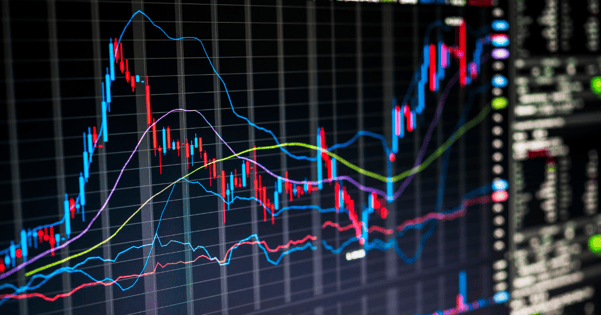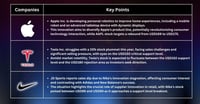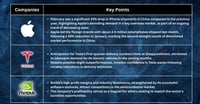Stock valuations are at their richest since the dot-com bubble in 2000. Home prices are back to their pre-financial crisis peak. Risky companies can borrow at the lowest rates on record. Individual investors are pouring money into green energy and cryptocurrency.
This boom has some legitimate explanations, from the advances in digital commerce to fiscally greased growth that will likely be the strongest since 1983.
But there is one driver above all: The Federal Reserve. Easy monetary policies have regularly fuelled financial booms, and they are exceptionally easier now. The Fed has kept interest rates near zero for the past year and signalled rates won’t change for at least two more years. It is buying hundreds of billions of dollars of bonds. As a result, the 10-year Treasury bond yield is well below inflation, that is, real yields are deeply negative for only the second time in 40 years.
The Fed began buying bonds in March 2020, to counter chaotic conditions in markets. In late summer, with markets functioning normally, it extended the program while tilting the rationale toward keeping bond yields low.
At the same time, it unveiled a new framework. After years of inflation running below 2%, it would aim to push inflation not just back to 2% but higher, so that over time, average and expected inflation would both stabilize at 2%. To that end, it promised not to raise rates until full employment has been restored and inflation was 2% and headed higher. Officials predicted that would not happen before 2024 and have since stuck to that guidance, despite a significantly improving outlook.
Hedge funds and asset managers are scooping up derivatives that pay off when the dollar declines slowly or stays within a narrow range. In one strategy, known as a strangle, traders sell both bullish and bearish options for short periods. They can collect a premium from selling the contracts and profit as long as the underlying currency remains steady and doesn’t trigger the options.
The bets on a calm retreat mark a shift after last year’s pandemic-heightened swings. Many expected the dollar to slide in 2021, as global growth outpaced the U.S. expansion. Instead, the U.S.’ rapid vaccine rollout and economic resurgence have supported the currency, reducing volatility along with the opportunity for traders to make money off swings. The WSJ Dollar Index has gained roughly 1.4% this year.
When the pandemic hit in March last year, volatility shook the currency markets. With one metric that traders use to gauge currency swings, derivatives tied to Japanese yen spiked to levels unseen even during the financial crisis in 2008. It has since retreated to an all-time low. The yen, often a haven for nervous investors, has lost more than 5% against the dollar this year.
Higher U.S. interest rates, stock declines or a shift in the Federal Reserve’s easy money policies could boost swings in currencies. However, until Fed policy to shift, dollar weakness isn’t likely to happen.
Fullerton Markets Research Team
Your Committed Trading Partner














